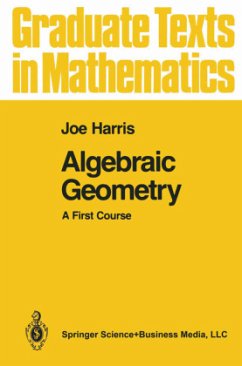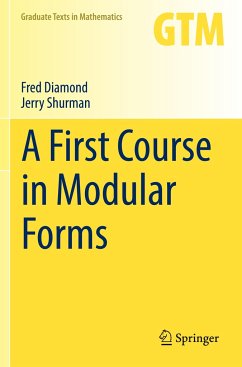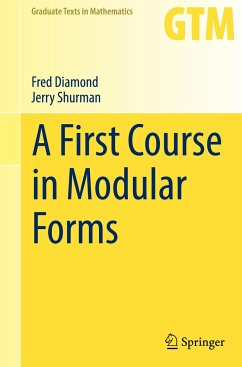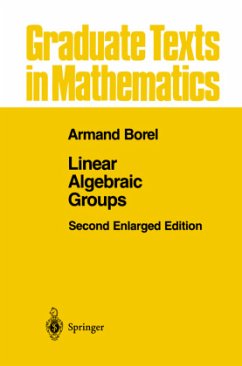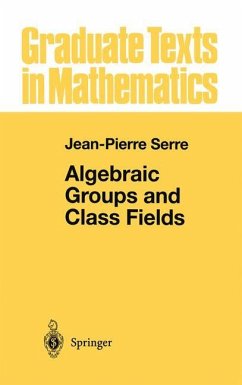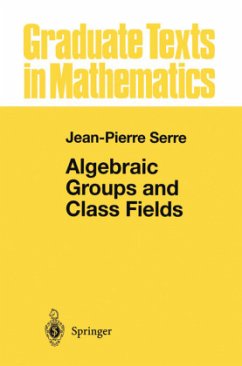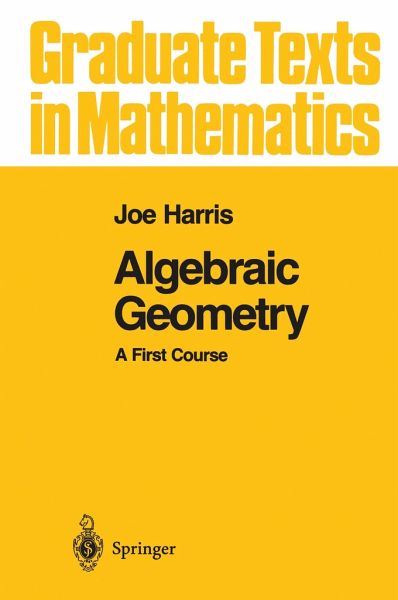
Algebraic Geometry
A First Course
Versandkostenfrei!
Versandfertig in 1-2 Wochen
46,99 €
inkl. MwSt.
Weitere Ausgaben:

PAYBACK Punkte
23 °P sammeln!
This book is intended to introduce students to algebraic geometry; to give them a sense of the basic objects considered, the questions asked about them, and the sort of answers one can expect to obtain. It thus emplasizes the classical roots of the subject. For readers interested in simply seeing what the subject is about, this avoids the more technical details better treated with the most recent methods. For readers interested in pursuing the subject further, this book will provide a basis for understanding the developments of the last half century, which have put the subject on a radically new footing. Based on lectures given at Brown and Harvard Universities, this book retains the informal style of the lectures and stresses examples throughout; the theory is developed as needed. The first part is concerned with introducing basic varieties and constructions; it describes, for example, affine and projective varieties, regular and rational maps, and particular classes of varieties such as determinantal varieties and algebraic groups. The second part discusses attributes of varieties, including dimension, smoothness, tangent spaces and cones, degree, and parameter and moduli spaces.
This book is based on one-semester courses given at Harvard in 1984, at Brown in 1985, and at Harvard in 1988. It is intended to be, as the title suggests, a first introduction to the subject. Even so, a few words are in order about the purposes of the book. Algebraic geometry has developed tremendously over the last century. During the 19th century, the subject was practiced on a relatively concrete, down-to-earth level; the main objects of study were projective varieties, and the techniques for the most part were grounded in geometric constructions. This approach flourished during the middle of the century and reached its culmination in the work of the Italian school around the end of the 19th and the beginning of the 20th centuries. Ultimately, the subject was pushed beyond the limits of its foundations: by the end of its period the Italian school had progressed to the point where the language and techniques of the subject could no longer serve to express or carry out the ideas of its best practitioners.






